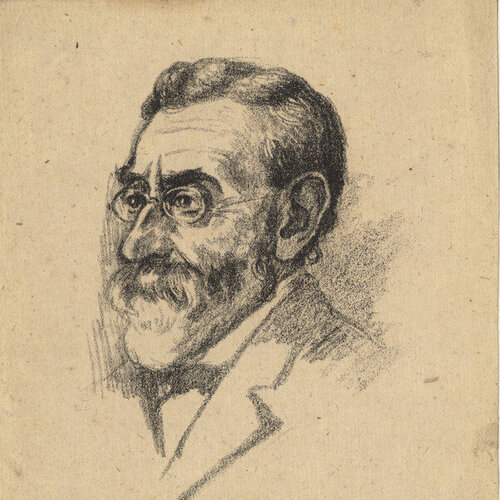Graduation Ceremony 2025: Honoring Akademic Achievement, Hope and Community
Numerous guests, students and lecturers gathered on October 30, 2025 for the festive graduation ceremony of the Heidelberg University of Jewish Studies. After a welcome address by Rector Dr. Andreas Brämer and words of welcome from Prof. Barbara Traub and Martha Fiedelak, who spoke on behalf of the student representatives, the keynote speech by Dr. Yael Sela ("Universalism from the Margins. Modern Jewish Thought and the Search for Shared Humanity") set the tone for the festive atmosphere.
A special highlight was the musical contribution by Anni Joy Shanks, who gave a moving impulse of hope with "Zaad Echad Zaad": the song impressively conveys that in difficult times it is often important to move forward step by step and never lose hope.
as part of the award ceremony, two theses were honored with the Friends' Prize:
- The best Master's thesis "Hungary as a role model? Israel's potential for illiberal democracy" analyzes the extent to which Israel's political development is based on Hungarian models and what implications this has for democracy and society.
- The best bachelor's thesis "The Dual Representation of the Moroccan Jewish Experience: Social Realities and Cinematic Narratives in Moroccan and Israeli Contexts" takes a differentiated look at how Moroccan Jewry is represented socially and cinematically in both Morocco and Israel
After the award ceremony and the presentation of the certificates by Prof. Dr. Johannes Becke and Prof. Dr. Michael Schmitt, the evening came to a convivial close with a reception in the canteen.
This year's graduation ceremony impressively demonstrated how academic excellence, personal stories and shared values of hope and solidarity shape the university's profile.
(More photos to follow)

-
Date 3 November 2025
-
Time 15:05 UTC+01:00
-
Participation
-
Language
-
Contact
-
Location
-
Registration? No



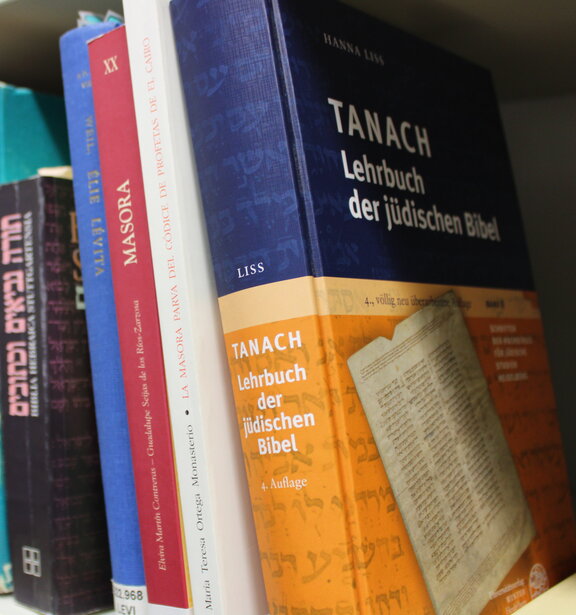


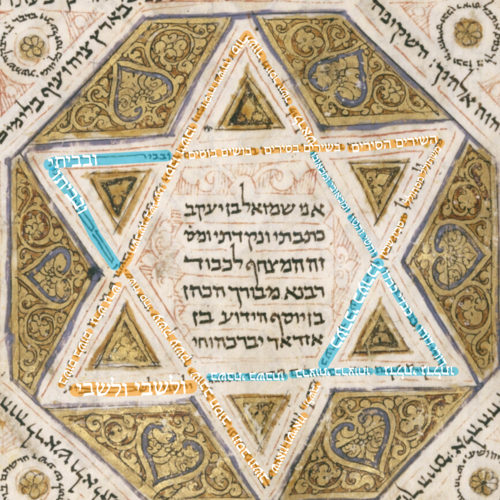
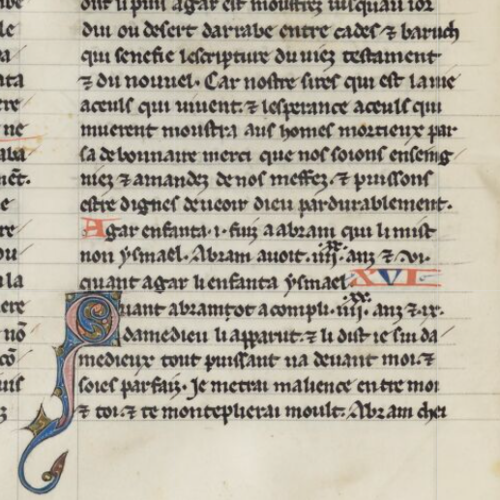
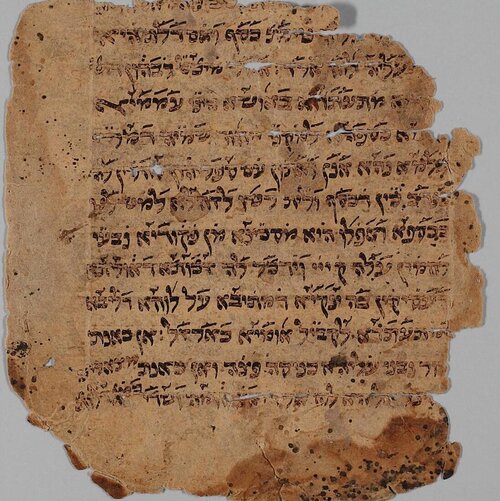


![[Übersetzen nach: English] Medienkompetenz [Übersetzen nach: English] Medienkompetenz](/fileadmin/_processed_/6/d/csm_Auftaktveranstaltung_1b43e55ff1.jpg)
